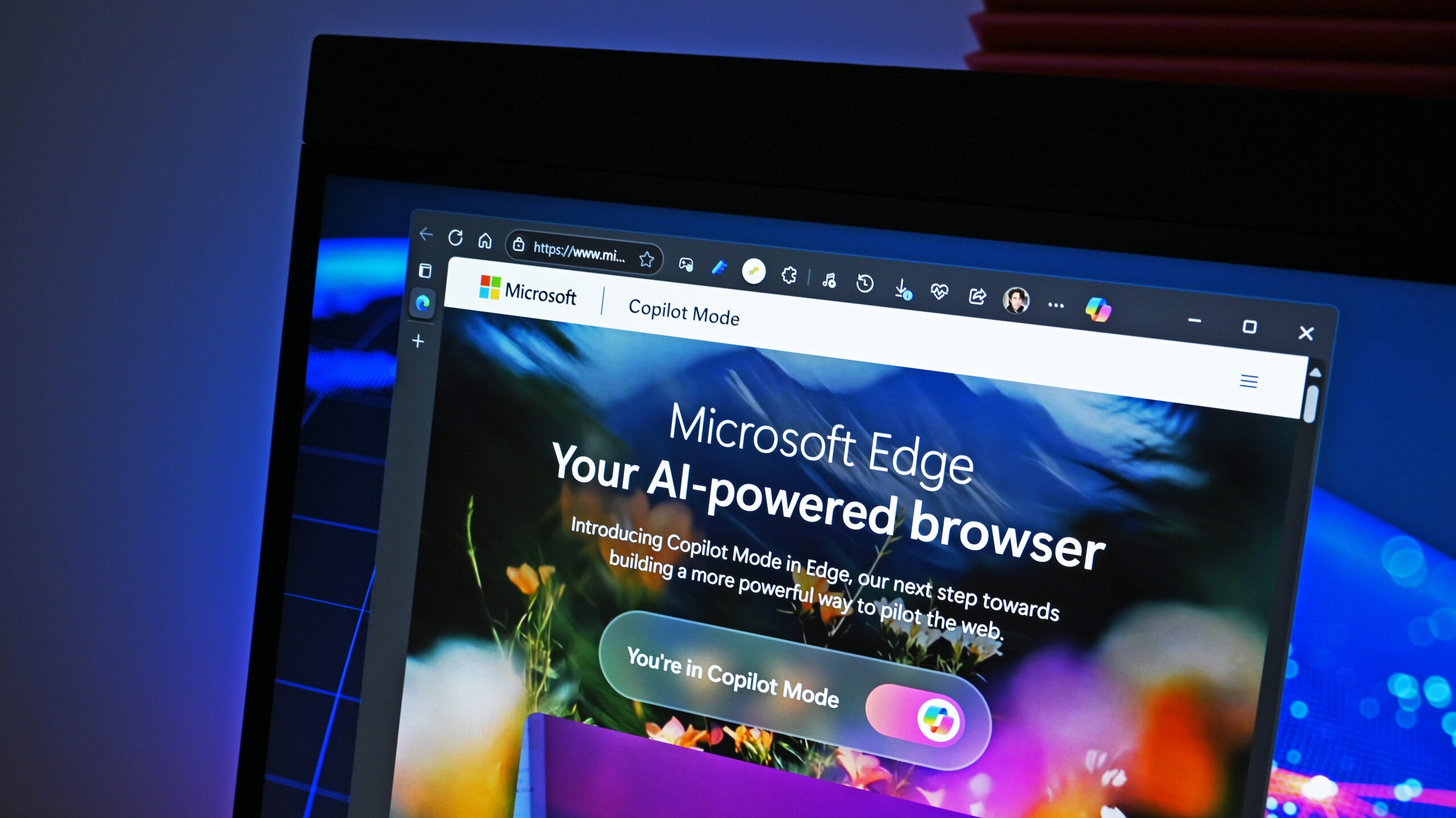
Copilot Mode in Microsoft Edge Evolves: Microsoft Relaunches Its AI Browser
Microsoft has introduced a new feature set for its AI assistant. This ambitious project builds artificial intelligence directly into one of its core products. The Copilot Mode in Microsoft Edge is Microsoft’s new entry into the AI browser category. It functions as an intelligent and flexible AI assistant. This companion follows the user while they browse the web.
Mustafa Suleyman, CEO of Microsoft AI, defined the product in clear terms. He called it an “AI browser that is your dynamic, intelligent companion.” Suleyman stated that Copilot can analyze open tabs with user permission. It can summarize and compare information. Furthermore, it can perform actions like booking a hotel or filling out forms. This moves the assistant beyond simple search capabilities.
The Evolution of the AI Browser
The official launch for Edge’s Copilot Mode in Microsoft Edge occurred in July. It initially included basic functions. These were a Search bar on new tabs and natural voice navigation. The mode was opt-in and received limited attention at that time.
Microsoft took a more ambitious approach at its latest event. The company introduced new “Actions.” These allow Copilot to fill out forms or book hotels. It also debuted “Journeys.” This feature enables Copilot to trace connections between a user’s open tabs. This shift puts the concept of the AI browser at the center of the event. The functionality is not a massive change, but it highlights the strategy.
Visual and Functional Convergence in AI Browsers
This announcement followed a very similar launch from OpenAI just two days prior. OpenAI showcased its new Atlas browser. While the Copilot Mode in Microsoft Edge was scheduled for release for weeks, the visual similarity is notable.
The two products are functionally alike. Users generally prefer clean, simple browsers. There are limited ways to integrate a chatbot window into a “new tab” screen. The primary difference for users will stem from the underlying AI models. Therefore, the visual resemblance may not affect user experience significantly.
Browsers historically look quite similar. However, the concurrent release of two such visually identical AI browsers is significant. This timing underscores the high stakes of the ongoing AI technology race. It also reflects the tense competitive state between these two companies.
Considering the rapid convergence in AI browser design, how will underlying model performance become the sole differentiator for professional users?
Explore Business Solutions from Uttkrist and our Partners’, Pipedrive CRM [2X the usual trial with no CC and no commitments] and more uttkrist.com/explore



